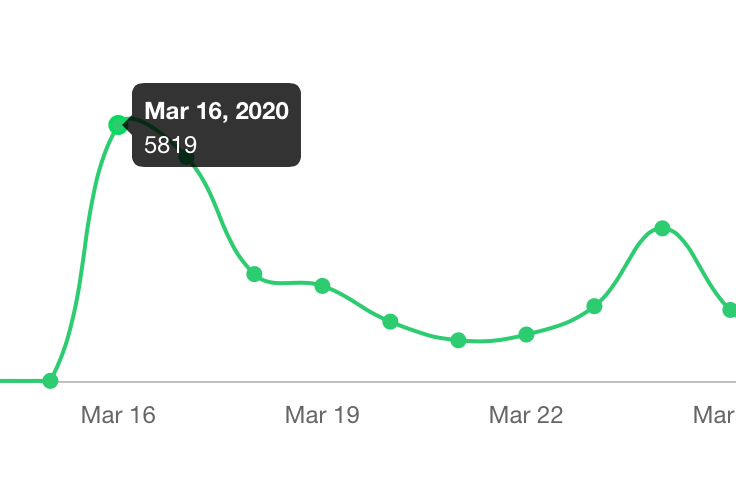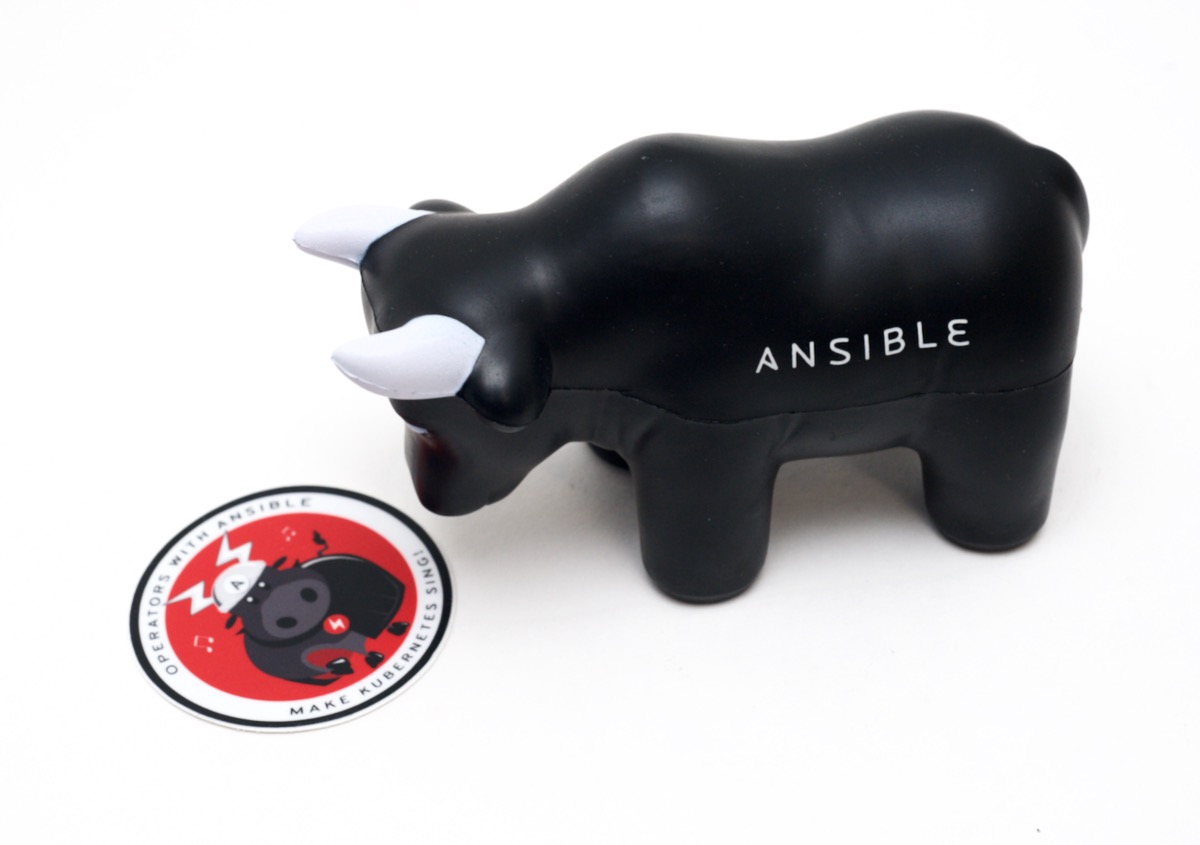End of April - #DrupalCares pledge matched, $3000 total raised!
At the beginning of April, the Drupal Association announced a new #DrupalCares campaign to secure funding to keep the Association's lights on after DrupalCon Minneapolis was mothballed due to certain global events.
Very quickly, many in the Drupal community stepped up, increasing contributions, making one-time donations, or even pledging a generous 2-for-1 match. I decided to pledge $1 for every like on this video, and as of today, it had over 800 likes!



